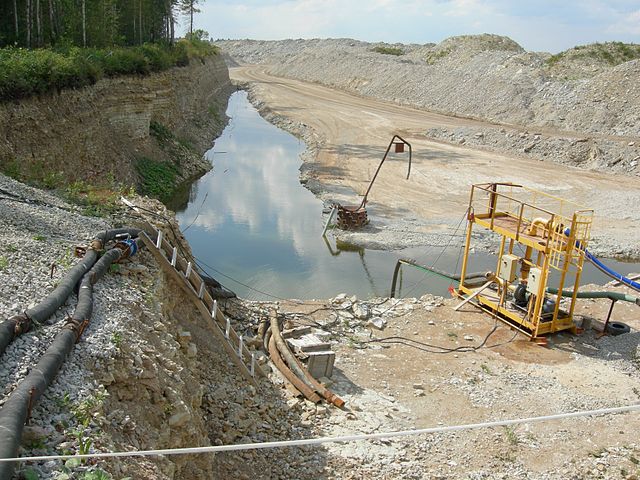John Hess, CEO of Hess Corporation, a large U.S.-based independent oil producer, recently told a Houston audience where he’s putting the company’s money these days: Offshore drilling.
That should strike those who know of Hess Corporation’s heavy involvement in the Bakken shale play (in North Dakota) as a bit strange. Hess says the company will “use cash flow from the Bakken to invest in longer-term offshore investments.”
Hess told his audience that “key U.S. shale fields are starting to plateau, calling shale ‘important but not the next Saudi Arabia.'” Setting aside whether Hess is actually getting investable cash from the Bakken, the constant refrain from the U.S. oil industry has been precisely that shale plays ARE the next Saudi Arabia.
Someone should send a note to the U.S. Energy Information Administration (EIA) that maybe it’s not all going to work out. If Hess is right about a peak in U.S. shale oil production soon, that peak will come about a decade earlier than the peak forecast by the EIA.
None of this will come as a surprise to geologist David Hughes whose most recent update on U.S. shale oil and natural gas production suggests that not only will Hess be proven generally correct, but that production will fall much farther than the EIA believes in the coming decades. Hughes continues to rate EIA estimates of ultimate recovery from America’s shale oil and natural gas fields as “extremely optimistic, and highly unlikely to be realized.”
U.S. shale oil production has been a major driver in the growth of world oil supplies. Last year the United States accounted for 98 percent of global growth in oil production. Since 2008 the number is 73 percent. It’s not hard to imagine that a slowdown in U.S. oil production growth or worse yet a decline in overall U.S. production would mean trouble for the entire world.
With 81 percent of global oil production now in decline, even a plateau in U.S. production would likely result in a worldwide decline. The world is simply not prepared for such an event—in part, because agencies such as the EIA are either unable or unwilling to grasp the plain facts and present them to policymakers and the public.
When the real trouble arrives in the oil markets, the EIA and other forecasters will likely just shift their analysis and cite some “impossible to predict” factors that will have led to the stunning reversal of fortune. But those factors are in evidence right now, if only the EIA and others have eyes to see them.
Photo: Oil shale mine near Kohtla-Järve, Estonia (2007). By Wilson44691 via Wikimedia Commons https://commons.wikimedia.org/wiki/File:Oil_Shale_Mine_northern_Estonia.JPG






